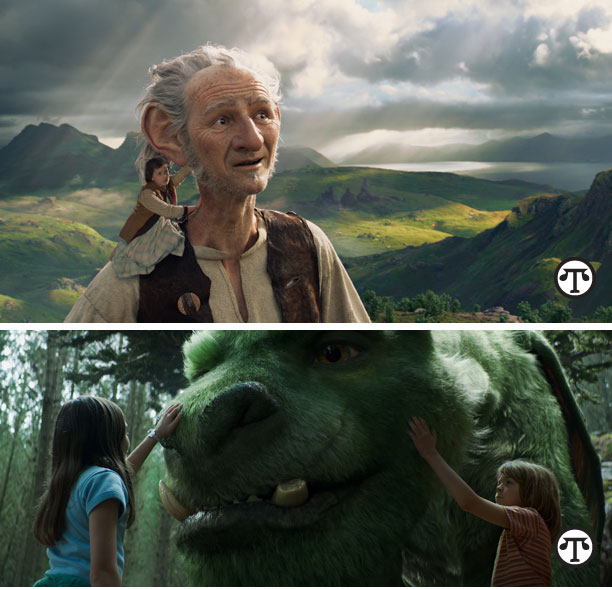
So does the live-action remake of the animated classic “Pete’s Dragon.”
(NAPSI)—What is so fascinating about unlikely friendships? Is it that opposites attract? Does it point to hidden mutual respect? Unlikely animal friendships have long held a particular fascination, documented with countless funny and adorable videos: a cat adopting baby ducks, a Labrador and an elephant, a baby lamb and a pig, a giraffe and an ostrich.
Child and adolescent psychotherapist Katie Hurley, a parenting expert and author of “The Happy Kid Handbook: How to Raise Joyful Children in a Stressful World,” notes “The wonderful thing about being a child is that friendships form just about everywhere! So it’s important to allow kids the space to form new relationships, even if they don’t appear picture perfect from the outside looking in.”
Nothing tells us more about this than characters in movies. Walt Disney Studios and Pixar have many improbable couplings in their tales. In “Finding Dory,” the mischievous Septopus Hank reluctantly befriends scatterbrained Dory, yet they overcome their struggles and help each other grow in wonderful ways. “Lilo & Stitch” brings a little girl and an alien together and the resulting bond teaches them companionship and understanding. “Toy Story” finds Woody and Buzz ultimately setting aside their differences and realizing they were meant to be friends all along. In “Ratatouille,” a human befriends a rat. Rats are unwelcome in all places, especially the kitchen. But Remy and Linguini find that love and compatibility can be found anywhere.
Disney’s “The BFG” and its remake of the classic “Pete’s Dragon”—both available November 29 on Blu-ray, Digital HD & Disney Movies Anywhere—add beautifully to this legacy.
“The BFG” (Big Friendly Giant), directed by Steven Spielberg, is based on the beloved children’s classic by Roald Dahl. “The BFG” tells the story of a courageous and spirited orphan, Sophie, and the kind giant who becomes her protector. While initially afraid, Sophie comes to overlook the superficial homely appearance of the BFG and to appreciate his noble intentions. The BFG and, Sophie, are actually very similar—both are lonely and yearn for the connection and safety of a friend, which they’re able to find in each other.
“Pete’s Dragon” is a reimagining of Disney’s cherished animated and live-action film—the adventures of an orphaned boy named Pete and his best friend Elliot, who just happens to be a dragon. Pete and Elliot belong to two different worlds but they still manage to build a foundation of love, compassion, caring and friendship. Both have lost those closest to them and are able to find comfort in each other.
Hurley adds, “As these movies so creatively suggest, helping children open up to aligning with someone different can result in a whole new way of looking at things.” Here are some ways parents can encourage children to connect with a world outside the immediate family:
Be Open-Minded. Find ways to help your child identify the differences between themselves and prospective friends and look for ways those differences can make playing together more fun.
Adopt Optimism. A person different from your child doesn’t have to be viewed as a stranger. If he or she is friendly and open, everything else should fall into place.
Make It About Others. Help your child figure out how to show interest in someone else. Simple starter questions like “what are your favorite games?” or “do you like outdoor or indoor games better?” can prompt a lively discussion.
Make Them Laugh. Laughter makes conversation fun and joyful. Encourage your children to be silly, to share their sense of humor with others and to not take anything too seriously—just have fun with getting to know others!
Initiate Hang-Out Time. Help your child be brave enough to make the first move and invite a new friend to spend time together. Whatever the activity, the important thing is bonding. And if you support it, they’re more apt to take the chance and see what happens.
Discover Mutual Passions. If your son or daughter sees a new friend light up when talking about something, encourage your child to ask more questions about the subject. Or if there’s a key word that provides a clue to their friend’s interest, suggest they use that to talk more in detail. You’ll be surprised how helpful that can be in fostering a meaningful connection.
